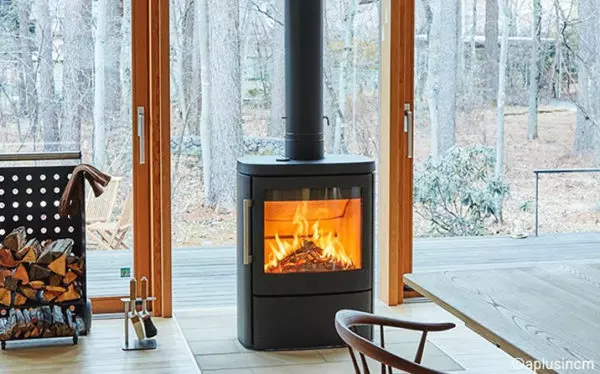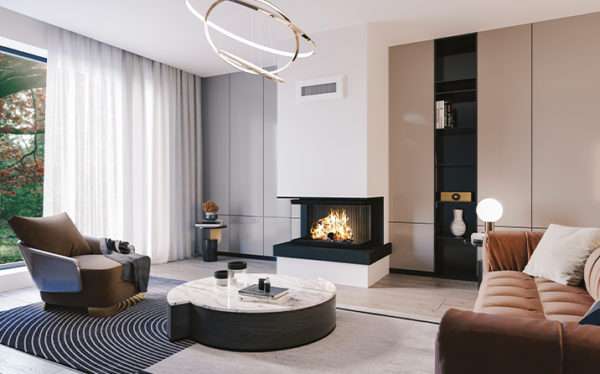To stay warm all winter without skyrocketing your energy bill, the wood stove will be your best ally—provided it’s used correctly. Discover our expert tips to fully understand your stove and adopt the right habits.
The ideal temperature for your wood stove
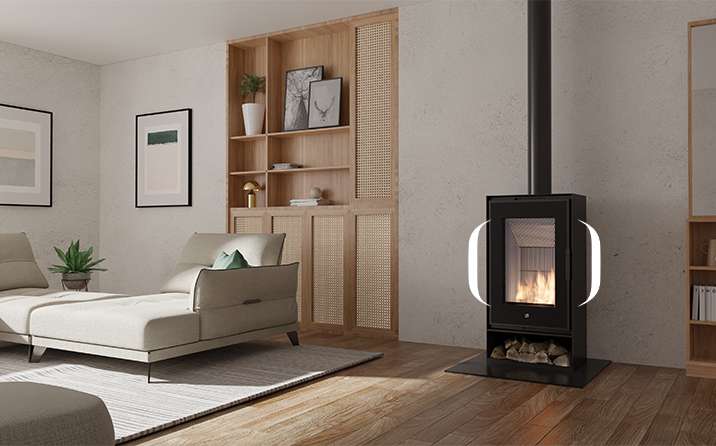
To ensure your satisfaction, your wood stove should be neither too hot nor too cold. It’s a subtle balance, but easy to achieve. To use your appliance properly and adjust it to your needs, it’s essential to understand how it works.
A wood stove operates optimally when it reaches about 300°C to 400°C at the smoke outlet. If this temperature is too low, you’ll get more smoke and less heat. On the other hand, if it’s too high, it may damage your appliance and increase wood consumption.
To monitor the temperature, you can use a stove thermometer placed on the smoke outlet.
The ideal wood for optimal heat
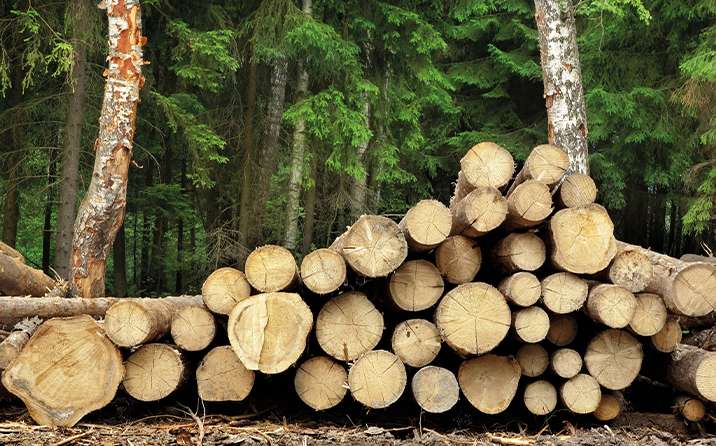
The secret to pleasant and lasting heat largely lies in the quality of the wood you use. For effective combustion, logs must be perfectly dry. Wet wood produces more smoke, less heat, and clogs your appliance. To reduce wood moisture to the optimal level (around 20%), it must be dried for 18 to 24 months.
The type of wood also matters. Hardwoods like oak, beech, hornbeam, or maple have higher density. They burn more slowly and provide long-lasting, intense heat. In contrast, softwoods like fir or pine burn faster. They’re perfect for quickly starting a fire but require frequent reloading.
The ideal method is to start your fire with softwood, then switch to hardwoods for slow and steady burning.
Finally, make sure the log size fits your appliance slightly shorter than the firebox length.
Two things to know to regulate your wood stove’s temperature
Depending on the room, season, and daily routine, you’ll want and need to adjust your stove’s temperature easily. To regulate heat and avoid wasting wood, there are two essential things to know. Did you know, for instance, that you can control flame intensity by adjusting the air inlets? Most wood stoves have two ventilation systems: primary (at the bottom) and secondary (at the top). By adjusting these, you control how much oxygen feeds the fire. To increase heat, open the air vents for better combustion. To decrease it, close them to reduce airflow.
Wood supply also plays a role in the heat output. To maintain consistent temperature, feed your stove regularly with small amounts of wood on a bed of embers. To raise the temperature, add more wood. To reduce it, feed it less.
Maintenance: the secret to a healthy stove
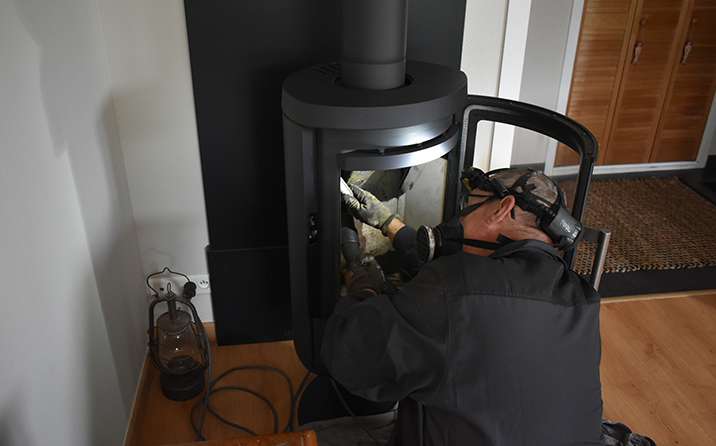
Regular maintenance is essential to ensure your stove’s safety, longevity, and maximum efficiency. A poorly maintained stove loses performance and consumes more wood.
There’s simple, routine maintenance to carry out during use. It’s recommended to empty the ashes daily and clean the glass about once a week. Did you know you can clean the stove glass with ashes? Simply dampen a cloth, paper towel, or newspaper, dip it in cold ashes, and rub gently in circles. Then rinse with a clean damp cloth and dry with a soft one.
You can also use a special stove glass cleaner, but use it sparingly and avoid applying it to the seals, which may degrade.
The ashtray and stove interior can be vacuumed weekly. Perform an internal cleaning about once a month. After removing the bulk of the ashes with a scoop, use an ash vacuum to clear out remaining residue. Make sure ashes are completely cold before handling. Clean the stove walls using a soft brush—or a wire brush if the interior is cast iron.
It’s also imperative to have the flue swept at least twice a year, including once during use, by a certified RGE Qualibois professional. They’ll also ensure your stove functions properly and offer usage advice. This double sweeping per year is a legal requirement.
By adopting these good habits, you’ll enjoy a safe, efficient stove for years to come.

